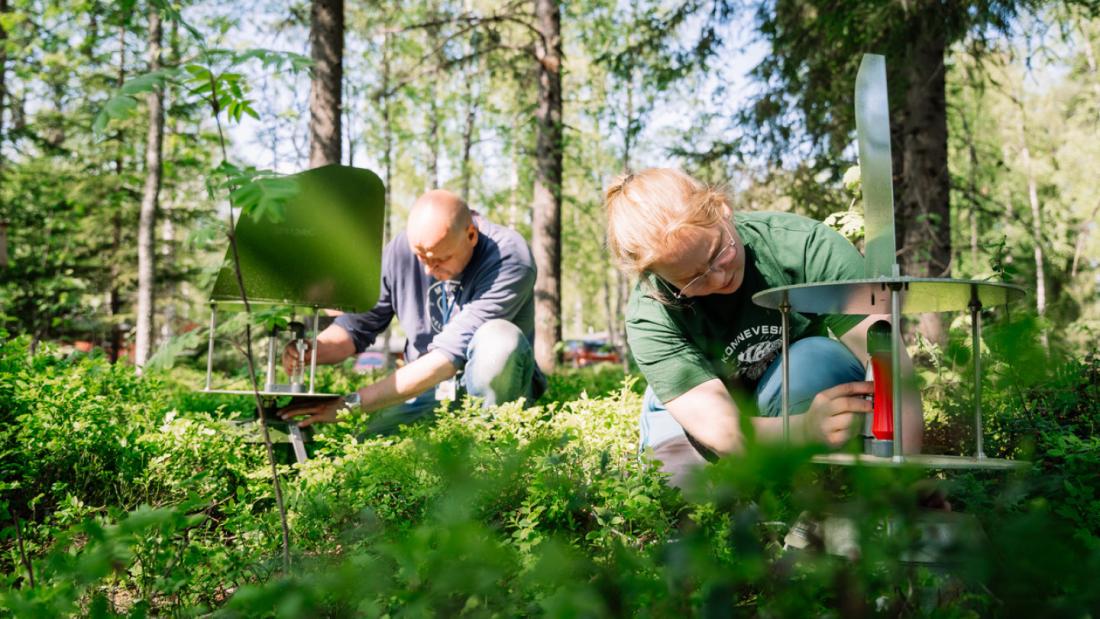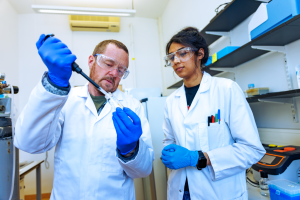Air samples collected around the world and analysed using DNA sequencing revealed ground-breaking information about the spread and seasonal variation of both previously known and unknown fungi. This knowledge is essential not only to understand where and when different fungal species thrive, but also to predict their fate under the ongoing global change.
The team are convinced that such new biodiversity sampling techniques will revolutionize biomonitoring and biodiversity forecasts already in the coming years.
One particularly interesting subject for further research is a more detailed review of the sequences for fungi that are important to humans. These include, for example, fungal diseases of humans, crops and production animals, as well as fungi that indicate the progress of the loss of nature and the weakening of natural ecosystem processes.






